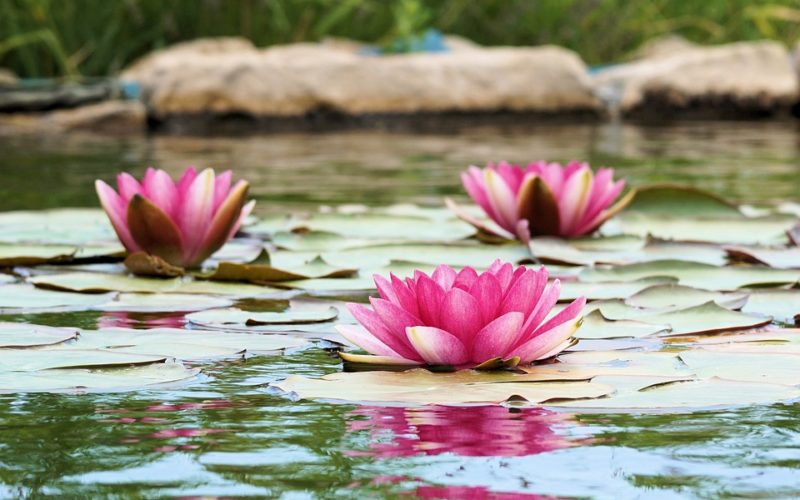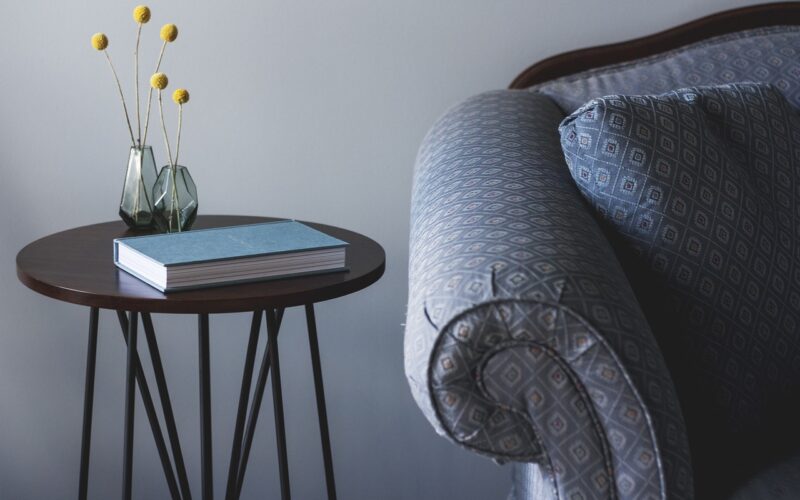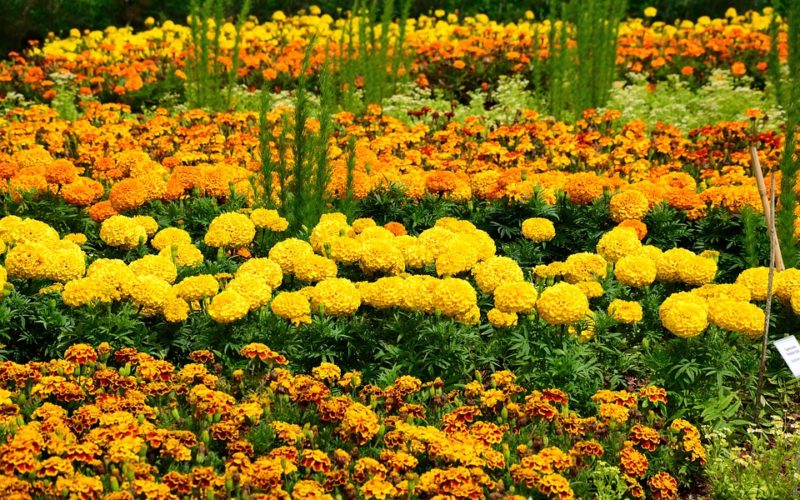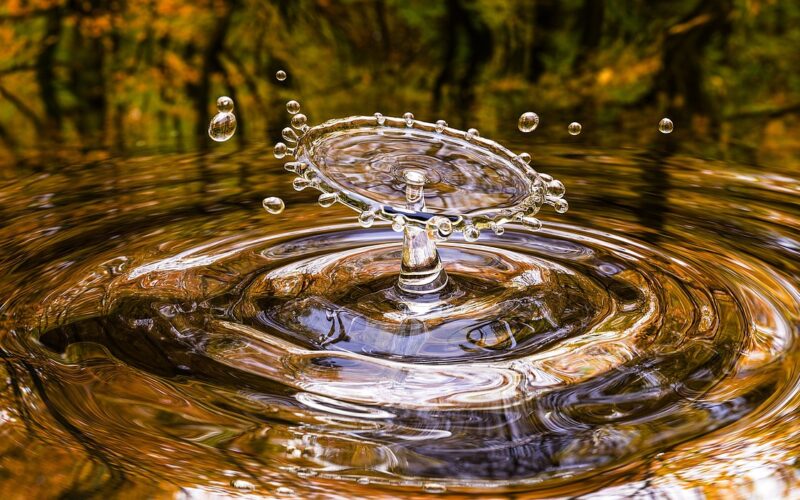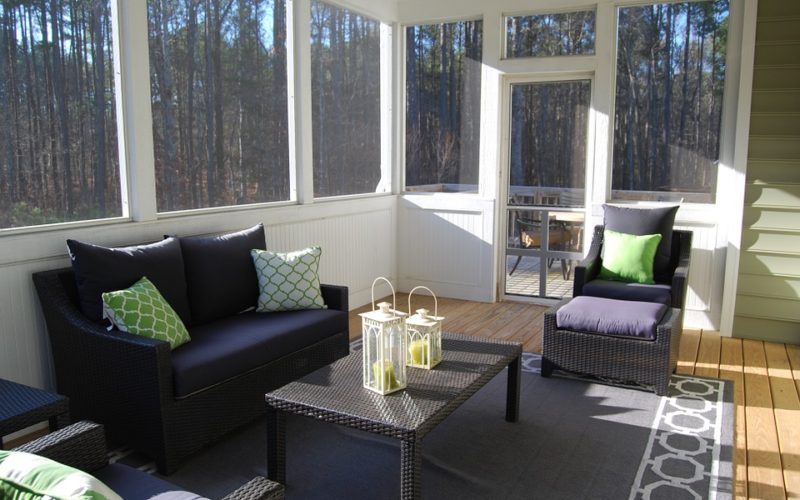Home builders have a new challenge in the modern world, and it often centres on the concept of sustainability. Consumers now want houses that will have little impact on the environment, and they want to know they do not need to constantly invest time or money to maintain their property. For those who seek water features, a sustainable pond is often the answer to their dreams. It must be environmentally friendly, so looking at all the building options is important to get the right balance for the consumer’s needs.
Reasons to Include a Pond
Few people have the same thoughts when it comes to building a pond on their residential property. So builders must first find out why they want it. For some, a relaxing area with a garden surrounding it is their dream. There are those who are avid fishermen at any time of year, and a pond that can comfortably hold plenty of fish and a small dock is a necessity. Others are looking for a way to add value to their property without the care of a garden or the need for stocking it with fish.
Types of Landscape
Homes are not always built on a level area, and homes built for a particular consumer often have interesting landscape features. Many of them are hillsides, and some of them are in areas with plenty of trees and brooks. No matter what type of landscape is there, the builder must find a way to create a pond that will fit into the environment without any future issues due to the location. It can be a challenge, but modern construction methods give builders a great deal of latitude in this area.
Keeping the Environment Safe
Many very small ponds have built in pumps and filters, so they are closed systems that will have little impact on the environment. They are generally included on the property as part of a larger garden, and their beauty is in their smaller, more intimate size. They are not always a sustainable feature unless they are used as a support system for other plants and fish, but they do little to harm the environment. Larger ponds need to protect the environment as water seeps through the ground, so they must filter it first. According to Minerals Marketing, even the smallest pond can affect the environment. For those with little building area, it is best to use water filtration media rather than silica sand. It takes up less space, and it removes the finer particles that can be in water than other materials.
Creating a custom water feature on any property can be done, but the dimensions often depend upon the size of the area they will inhabit. Part of their design comes from the function they will provide to their owners, and planning for sustainability will also help to shape how they are constructed. When it comes to building them, there are now more options available that will help the environment. Sustainability has become an important part of home ownership, so creating a pond that will not impact the environment in a negative way is the preferred option for new construction.
